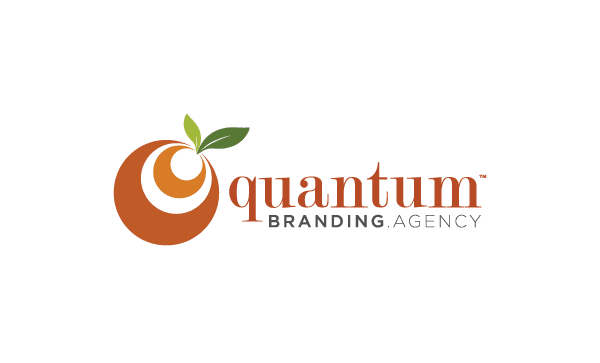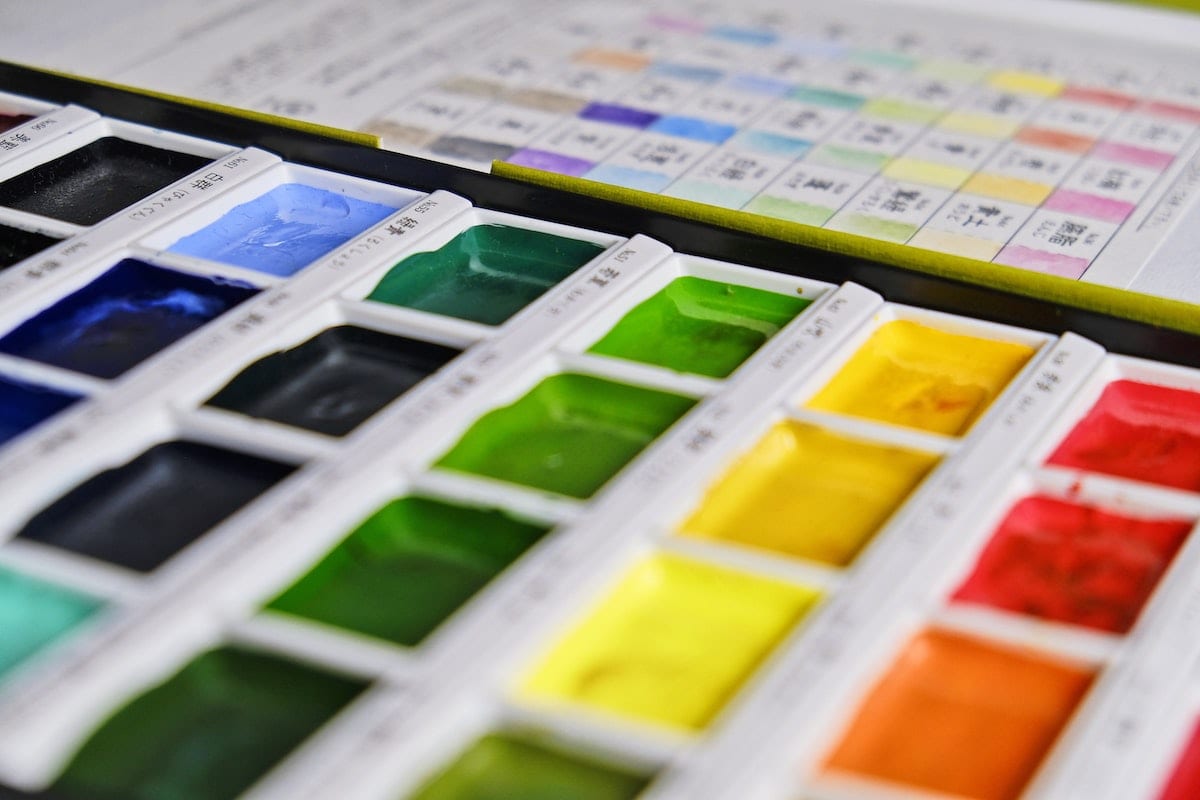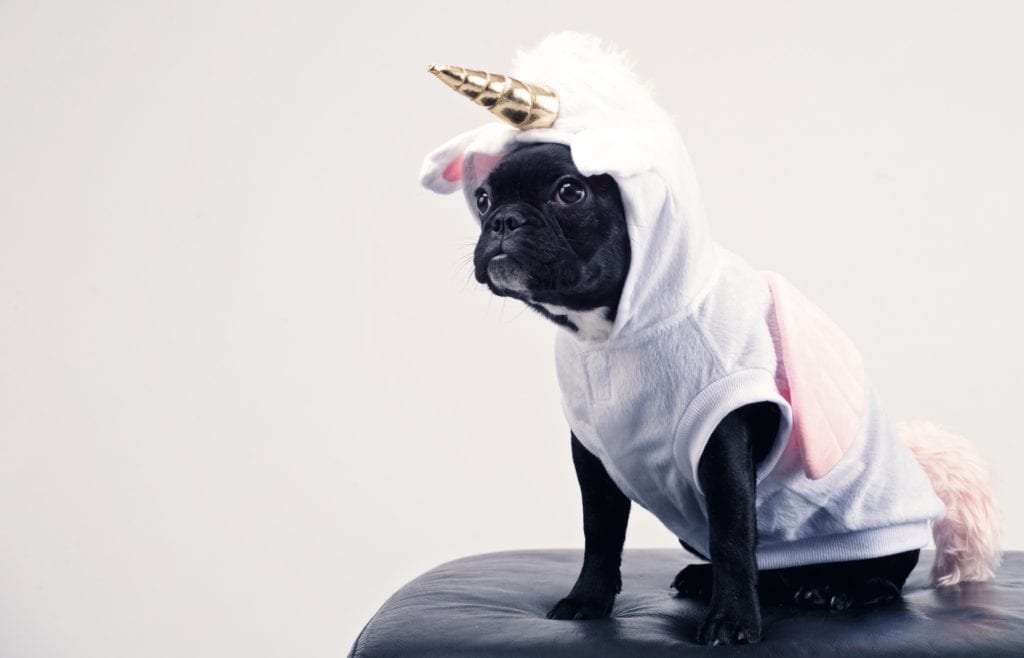Everyone I meet wants the same thing. Every brand that contacts me wants to grow their brand and achieve success. But many of them don't know what it takes to get. In fact, most don't even know where to start. They don't even know about Distinctive Brand Assets.
WE'VE GOT A PROBLEM
Over the past 15 years, after working with countless brands, such as Mars Petcare, I've come across some incredible, deserving organizations with fantastic products who've struggled to get off the ground. The ones that got off the ground had one major difference. They understand the concept of Distinctive Brand Assets. In the end, the ones that couldn't get off the ground simply lacked the discipline–not the skill nor capability–to nurture their brand assets. As a result, they closed due to having no brand equity. I like to point out that the issue was not their ability, or skill, but rather their lack of attention or discipline.
WHAT IS BRAND EQUITY
Brand Equity seems like a Fortune 500 term–something only that huge companies that sell on the Nasdaq or S+P500 offer–but, in fact, it’s not. Simply stated, you need to be the first in people’s heads when it comes to your market concept, and you need to be readily available. This principle is called mental availability. What it means is that you're first to mind and then you're first in front. While I don't address this in this article, the next step is to ensure that you're readily available to them. Whether in the stores, online or quickly via a website contact form, you need to be physically available as well. Mental availability begets physical movement towards the brand purchase.
One of the top problems I hear from business owners, brand managers, and CMO’s is the difficulty of becoming well known and how to address their customer. They're not really sure if their message is on-par. They may have rebranded once before (and it didn't go well), or they don't even know the metrics of why or what they should be doing in the first place. To them, It seems like every day there’s a new form of social media to learn how to navigate and conquer, that their competitor is outspending them, or even another competitor just redid their website, and it's way better than theirs.
"Have you seen their Twitter/Instagram feed?," they'll ask, "It's way better than ours." Or something of the like. Then they go and hire someone young who gets it to help them out, but still, after time passes, will have no traction. All because there were looking elsewhere. Again, no brand equity occurred. They were last, or not in-mind at all.
WHAT'S THE REAL ISSUE?
Looking at everything else makes marketing your brand more difficult. Marketing turns into wearing all the hats and spinning more plates that you can handle. That leads to burnout. Existing in pre-stages of burnout can look a lot like running a marketing department or designing for your brand as best as you can, but frustrated with the lack of results. Existing in post-stages of burnout looks like you without an income-generating company, no value to sell it, and no customers to sell to. No one wants that. So how do you stop it before it gets to that?
But the real issue has nothing to do with your marketing activities. it has nothing to do with other people, and it has nothing to do with your competition or market.
The secret that the top brand leaders know that you might know comes down to a gap in understanding that brand equity comes from a commitment to creating, investing, nurturing and distilling Distinctive Brand Assets, or DBAs. DBAs are the core of a brand, a collection of sensory assets used to create associations, cue memory structures, strengthened those memory structures, and help them be recalled in the future. Essentially, DBA's are a brand's version of Memory. But they want you to flip over the cards every time and remember them instead.
DBA's can be best thought of like a painter's palette or a plate of several ingredients that could be used, instead of a rigid list of core components that must be implemented at all times.
Jenni Romaniuk, Ehrenberg-Bass Institute at the University of South Australia Business School states "Similar to a painter’s palette, the Distinctive Asset Palette is the menu of assets that provides options for branding in any environment. Like any menu, variety increases the change that you will find the best options for any specific situation. These are not ingredients that must always be present, but rather variables that can be utilized based on format, channel, necessary messages, purpose, and user experience" (2018).
If you learn how to invest and nurture your Distinctive Brand Assets–the main components of your brand–– the issues of spinning plates and wearing too many hats goes away. Not immediately, as there's work to be done, but it's the right kind of work. Strategic work. Work that lays a foundation for success.
IT'S NOT ABOUT THEM, ANDY.
A recent client of mine, Andy, was going through a rebrand. He came to us furious initially. His company was the brand synonymous with the industry. Then, apparently, a new competitor came traipsing in and ruined it all for him. Andy was convinced he was losing to competitor brands, their slick new promotions, website, and cleaner, newer feel.
What was really happening was he was struggling to master the simple practice of having distinct brand assets, let alone using them. Now, while it may seem like a strawman argument to place all the heft of his success on his DBAs, even though he had several, his brand wasn't using them consistently and across all forms of his communication and experiences. As a result, his brand was simply too easy to forget, and over time, his industry success no longer could provide him the equity he wanted, due to his inability to nurture his DBAs.
Together, during our rebrand, we unpacked the most important brand attributes to his company–who he was, he provided, why it matters most to his top customers, as well as defining his customers truest needs through an avatar workshop. As a result, we created a sensory design language that would create the structure we could use to create his Distinct Brand Assets.
Using these assets and principles, everything changed for Andy. Those same customers he thought he was losing started associating him with his market concept and now his brand had become the most mentally and physically available brand. He also has a friendly respect for his competition, seeing that there's more than enough market share for everyone and that in fact, the majority of his customers are shared.
PUT THE PIECES TOGETHER
Most folks things that branding is just a pretty logo or using the right colors. While a brandmark and colors do play an important role, having multiple brand assets to use across your brand experiences increases the levels of mental association and memory structures regarding your brand. Most brands are trying to accomplish this with only one or two assets. No wonder their CMOs and owners are so tired. In fact, I would be too.
We'll quickly look at the 7 parts of the Distinct Brand Identity Palette
Color Assets: The goal is to use a single color, or color combination to establish a mental cue. See yellow and red, McDonald's is in sight. Just passed a green sign? Starbucks.
Word Assets: Next, consider word assets. These include your brand name, which should be distinct and memorable, as well as any common words you use consistently to clients. Also included here is your tagline. These are the words you use every day, on several levels that you should be aware of.
Shape Assets: These include specific shapes that your brand uses. From specific icons to the shape in your brandmark, shapes are the first thing see in the sequence of cognition. Shapes are the most memorable.
Story Assets are components, styles, or moments that people experience. These range from the animation style of the Red Bull commercials to the tongue-in-cheek nature of the multiple GEICO commercials. Story assets can be literal story elements or even simply the act of twisting the OREO.
Human Assets can be spokespersons, characters, or celebrities. They can be human or not. Seeing faces is one of the most human elements, we’re always drawn first to the face. So, pairing with the same spokesperson repeatedly, a celebrity who’s alignment to politics, causes, products, or a style, or even simply a cartoon character to remind you that those charms are magically delicious humanize the brand and give us a connection directly into the brand experience.
Music Assets can include associating popular songs, background music or jingle to an experience, getting stuck in your head or making you think of something specific, like their brand.
Sounds Assets can include both the non-vocal and vocal styles. They can be a sound, like a doorbell, ringtone, or they can even be someone’s voice or a vocal style. The goal is to evoke and pull the brand memory to cue. “Allstate. Are you in good hands?”
IN SUMMARY
Increasing your attention to these 7 categories of Distinct Brand Assets will have massive benefits to your brand. Immediately, you’ll have a sense of clarity of what assets you have and don’t have. You’ll also be able to sense which ones customers recall and which ones perhaps aren’t worth keeping. The simple act of thinking about these puts you in a level ahead of the majority of your competition. That's almost the equivalent of being aware that exercise exists. Now you can do something about it.
What's one form of success you want for your brand? Attract higher-quality talent? More sales? Potentially sell the company? Regardless, ensuring you have a DBA Palette of brand assets at your disposal will ensure top mental availability.
There’s one form of success that I don’t think is the immediate goal, but becomes apparent. That’s the barometer of your brand. The internal pressure that exists in your marketing will dissipate. Marketing strategy–the act of being intentional about what channels you use to market your services via your brand's voice–becomes easier, and less chaotic. Designing for new mediums is easier. Creating new media and launching new campaigns have focus. Your message stays on point. The environments you create ooze your brand, and your core message has never been more focused.
Probably the most important transition that occurs is the transition from thinking its all about your competition and what they’re doing and taking responsibility for building and investing in your distinct brand assets creates a shift that equips and empowers brands to move forward.
Do you have a hard time speaking to your customer? Only have one or two distinct brand assets and need to probably work on more, but not sure how? Let's talk. A simple strategy call can get you on your way to brand success.





About The Author: Stæven
Branding nerd and design researcher. Founder + Principal at Quantum Branding. Loves oranges, scooters, white mochas, coke zeros + cats. Hates condiments and folding laundry.
More posts by Stæven